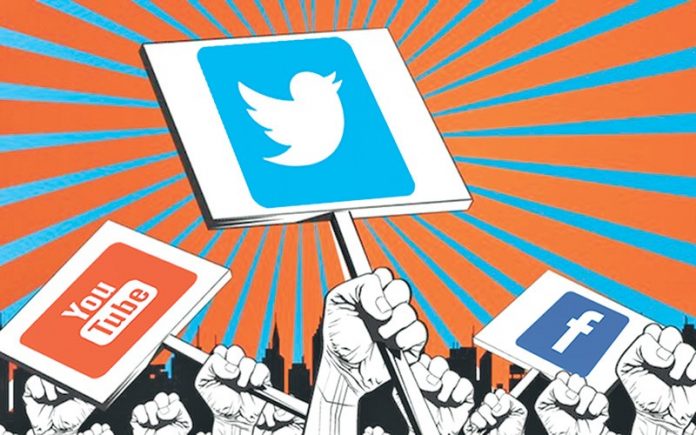India’s 2019 General Elections are here and we’re living a life that never goes offline. Social Media has been used as a tool over the past 5 years and as a country, we’re hungry for more. More information; more awareness.
But has social media turned into a weapon while we’ve been looking the other way?
Around 900 million Indians are eligible to vote in the General Election this year and many of them are online compared to the 2014 election. This means that the possibility of social media manipulation for voters is higher.
The battle lines between the political parties are clearly drawn.
Congress has condemned Prime Minister Narendra Modi’s economic policies and his party’s Hindu nationalist philosophy, while the BJP rejects the Congress as unskilled liberals out of touch with the people.
Mob Mentality
With more than 200 million users in India, the Whatsapp hoax has taken the shape of the attack. A dozen lynching attacks were blamed on viral con messages shared on the platform, falsely accusing the victims of child abduction.
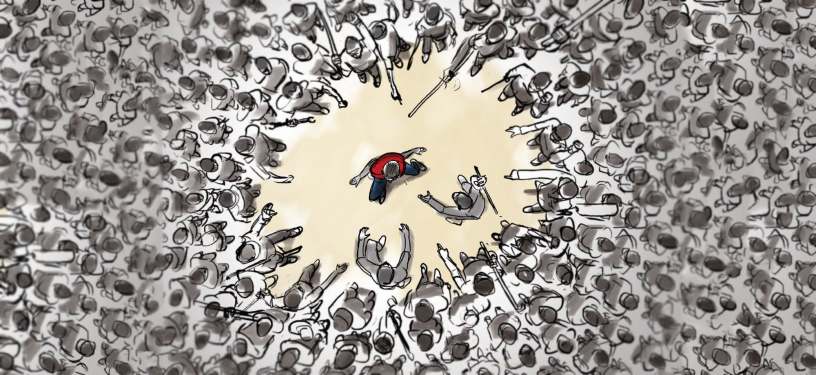
Like a constant megaphone of sorts for political parties, social media has been used to amplify these very messages. When turned into a weapon for social polarization, their damage isn’t repairable. Of course, the megaphone is tempting.
According to a Political Science Professor, Gilles Verniers, “Indian political parties are good at interfering with their own election.”
Vulnerability to Misinformation
With more affordable smartphones and a drop in the price of mobile data over the last two years, India’s internet has exploded. Since the mass people are new to the internet, they are often the victims of misinformation with a higher reach. Exposing fake news has become a necessity for some, especially relating to the two major political parties, Bhartiya Janata Party and Congress Party. The key parties blame each other of propagating fake news while disagreeing they do so themselves.
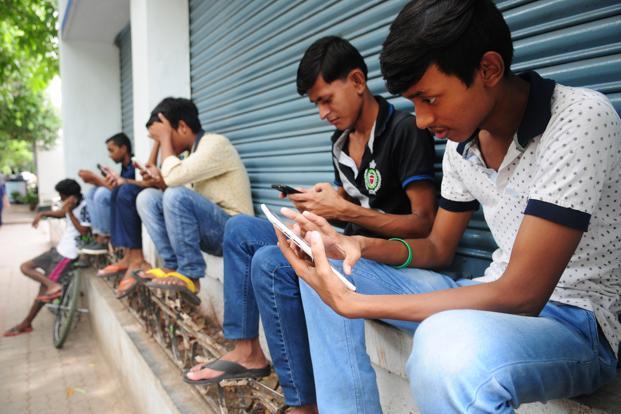
Using Social Media to Propagate
In 2014, the conversation was dominated by Modi with around 46 million Twitter followers, ranking second after Donald Trump. Rahul Gandhi has built his followers with almost 9 million since he’s joined in 2015, catching up with his opposition.
At the last election in 2014, Congress was defeated by the techno-savvy Modi and his selection of social media weapons that included a flood of Tweets from his personal account, a BJP campaign on Facebook and holographic presentations of Modi in remote villages. It was a well thought out plan that delivered the Prime Minister Candidacy to his doorstep.
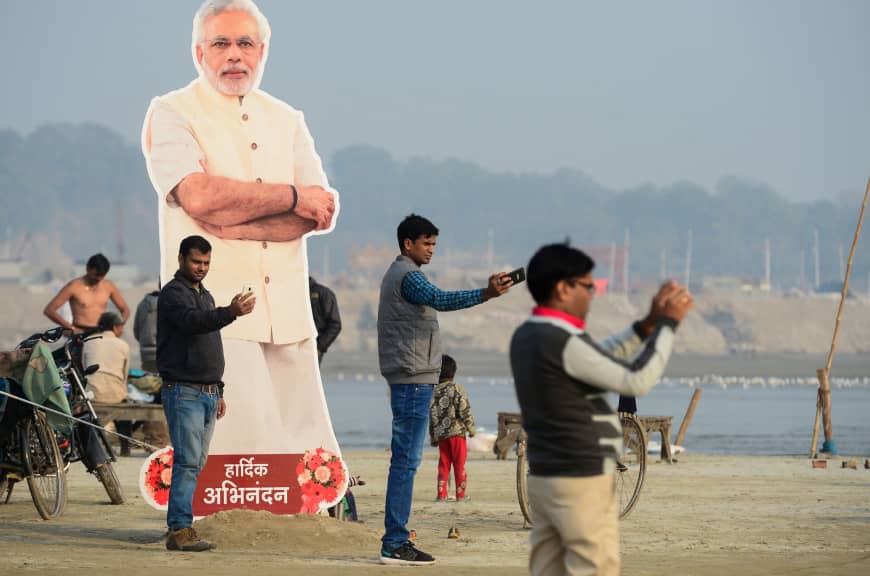
Chowkidar Movement
After launching the ‘Main Bhi Chowkidar hoon’ campaign, PM Modi changed his Twitter handle to Chowkidar Narendra Modi. Amit Shah followed in his footsteps along with the rest of the BJP leaders including Piyush Goyal, JP Nadda, Harsh Vardhan, etc. The campaign aim was to urge everyone, who cares of the country, to come forward to fight corruption, dirt, social evils.
Finding humor in this movement, Congress President Rahul Gandhi tweeted to the PM, “You can keep trying Mr. Modi, but the truth cannot be smothered. He added, “Every Indian is saying it, #Chowkidar Chor Hai” (watchman is a thief). “P.S: Do force Sushma Ji to add ‘Chowkidar’ to her handle. It’s looking very bad.”
#5YearChallenge
BJP’ s social media team started a campaign on the 18th of January emphasizing the development work carried out in five years of the Modi government. Several hashtags such as ModiforPM, ModiOnceMore, MyFirstVotefor-Modi, ModiForMiddleClass and ISupportNamo have surfaced on the social media to propagate BJP’s poll agenda in the last couple of months.
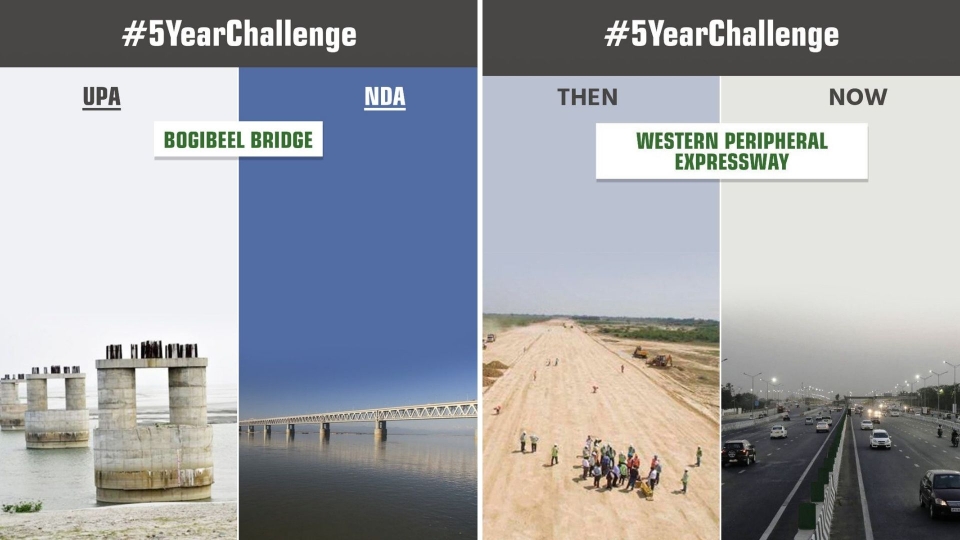
Controversial Posts
During this week, two tweets by Uttar Pradesh Chief Minister Yogi Adityanath were taken down by Twitter on the order of the Election Commission. The tweets harbored communal hate as he referred to the Indian Union Muslim League (IUML) as a “green virus.” As a measure Adityanath’s twitter account was blocked for 72 hours from campaigning.
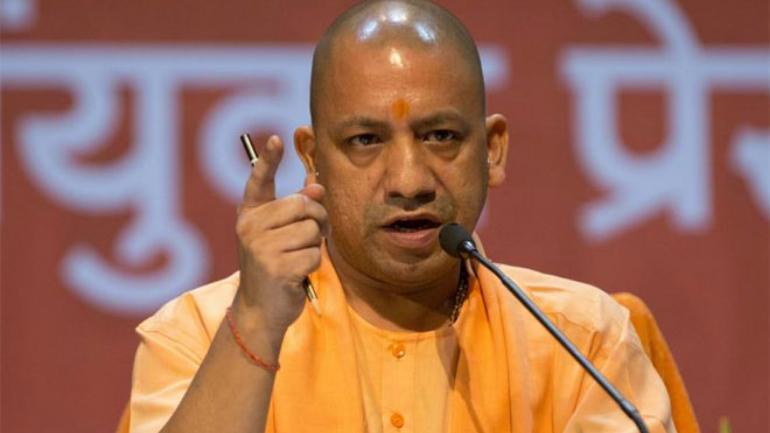
The Election Commission also debarred SP leader Azam Khan for making offensive comments against BJP Candidate, Jaya Pradha for 72 hours, while Union minister Maneka Gandhi was banned for 48 hours for telling Muslims to vote for her as they will need her once the Lok Sabha elections are over.
An indecent post was made against BJP candidate from Bangalore South Tejasvi Surya whose picture was morphed to show him in indecent postures and dress. Another post that violated the model code of conduct was a violent image that targeted Karnataka Chief Minister and Janata Dal leader HD Kumaraswamy. It had a picture of a sword, a head being removed and blood coming out.
Between April 10 and 11, social networking podiums Twitter, WhatsApp, and Facebook had removed more than 500 posts, ads, accounts and other offensive content found to be violating the model code of conduct (MCC), following directions from the EC.
“Facebook – 468 posts were reported and removed. The posts included violations of MCC and voter misinformation. One post from Karnataka, two posts from Assam, and the remaining from Telangana. 32 ads active in Telangana were removed,” the EC had said in a recent article in the Economic Times.
Measures taken by Social Media Handles
Facebook and Twitter have taken a few steps to avoid the abuse of their platforms. Artificial intelligence is being used by WhatsApp to notice and prohibit accounts that spread sticky content. Facebook is classifying political advertisements and associating with Indian fact-checkers.
Twitter also announced similar initiatives to stop toxic accounts and also working in cooperation with political parties and election authorities to safeguard that their platform isn’t negotiated with during the polls. Political candidates will also be obligated to share details of their social media accounts with India’s election authorities. The parties will also be required to pre-approve political ads by the Election Commission on social media before advertising it. Basically, this is their way of safeguarding that any political advertisement distributed on their platforms will be certified.
WhatsApp added labels to forwarded messages and established an awareness campaign on radio, TV, and newspapers. WhatsApp has also restricted the number of chats a single message can be forwarded to the number 5.
After the Elections
The weaponization of social media can be amplified easily in a divided nation. In a lot of ways, the Indian Election serves as a trial round for the growth and progress of the Internet and its reach. There is a great challenge on the horizon for the government and technology companies to keep them safe as the number of users’ increases every day.





















